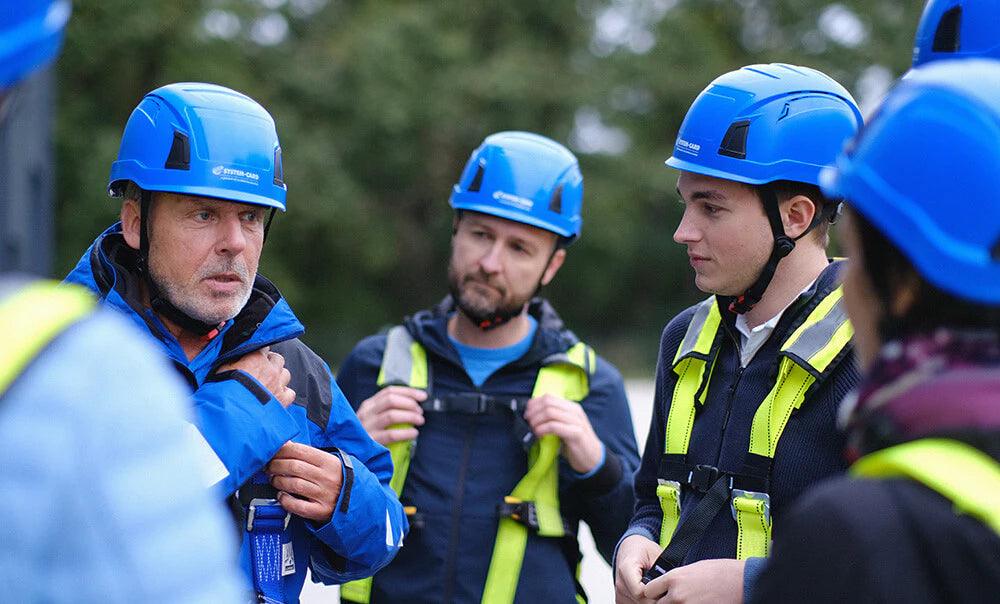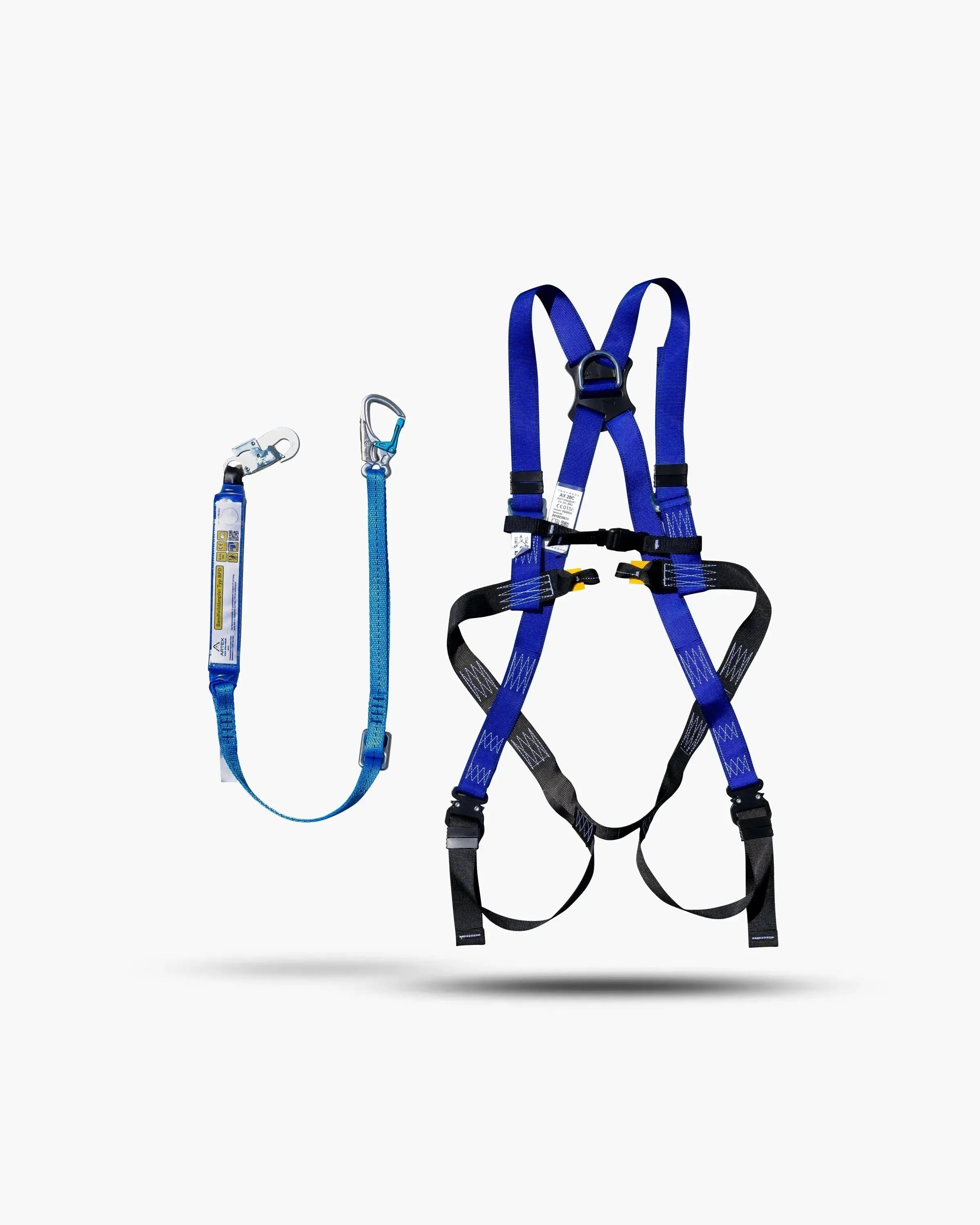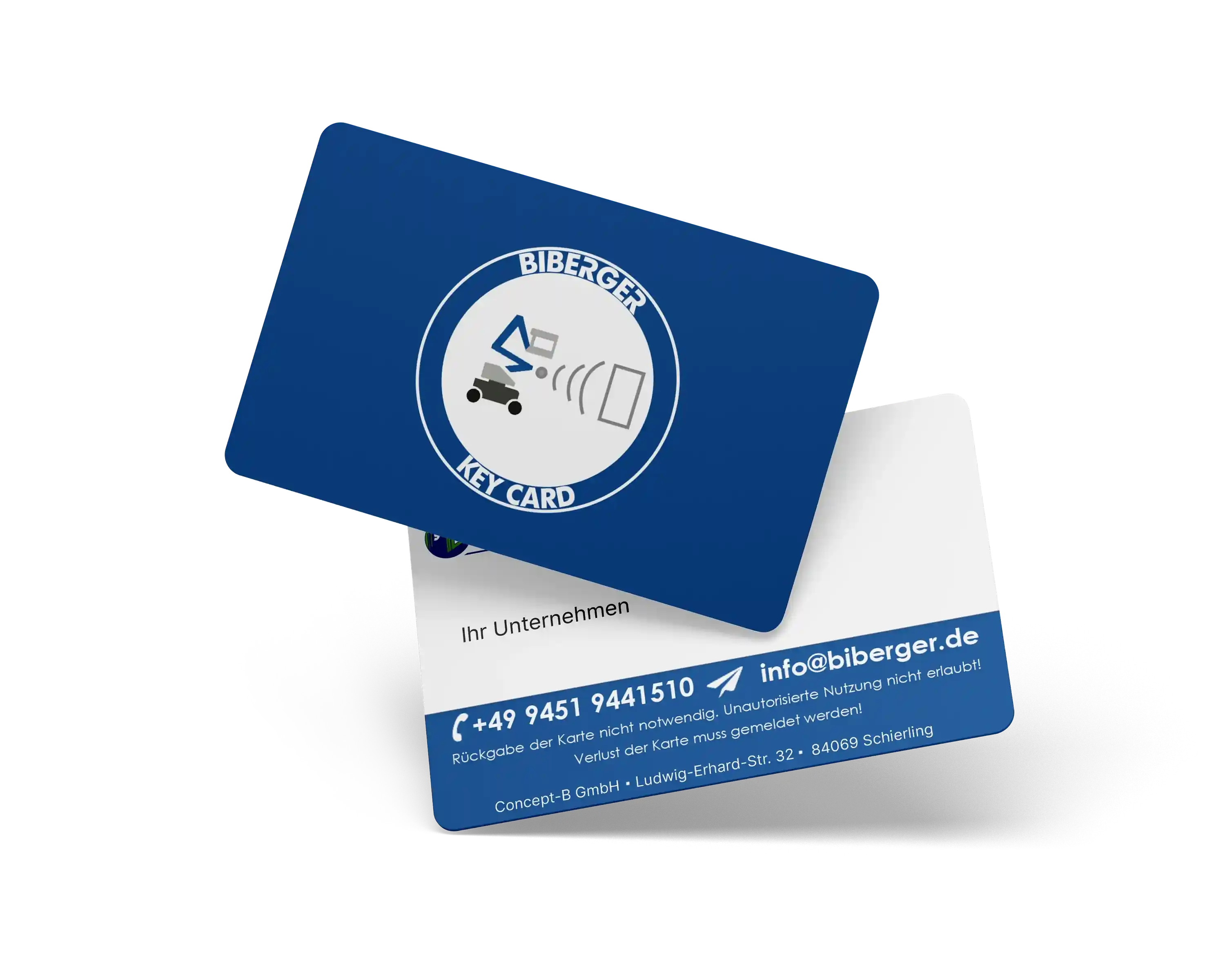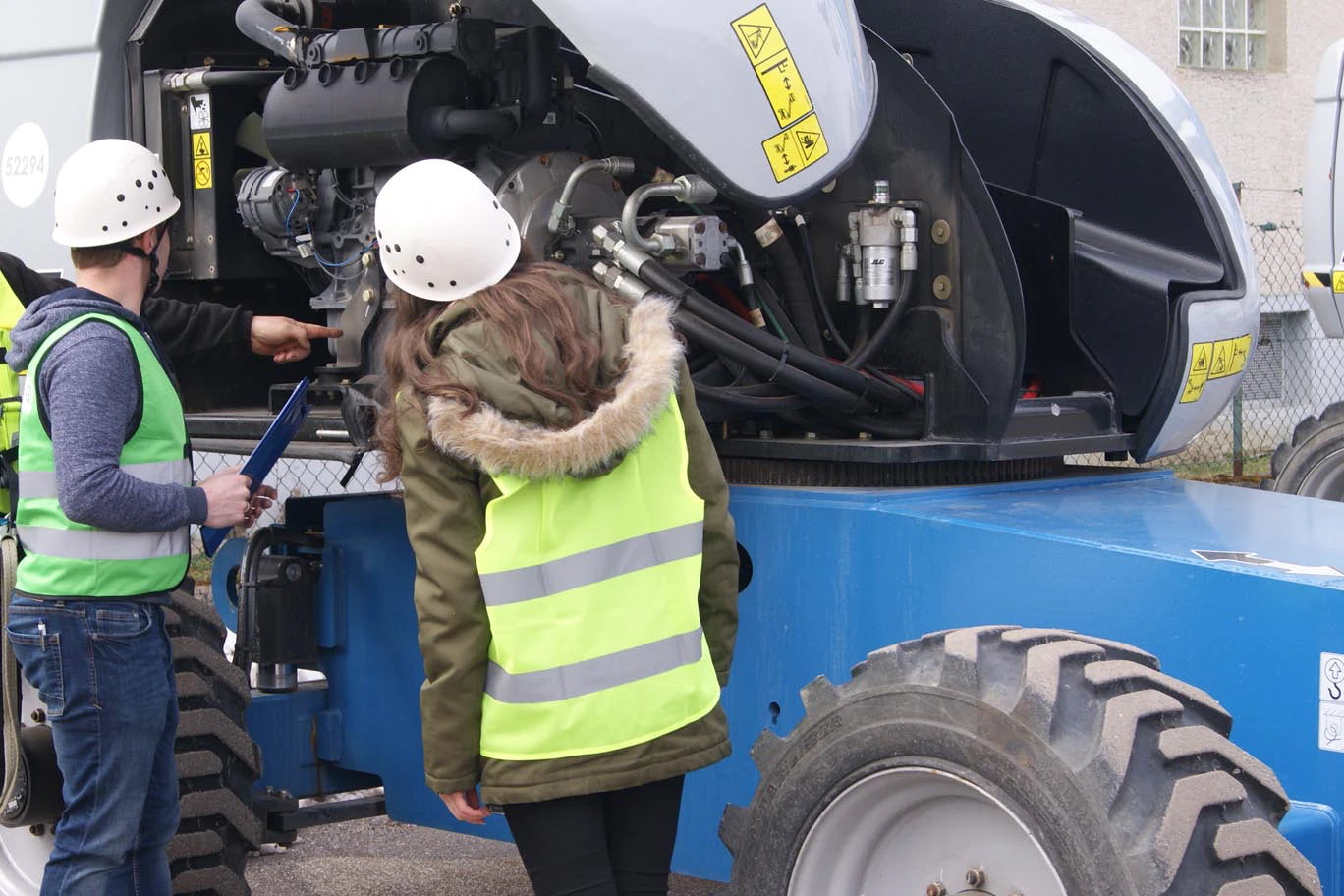Aerial work platforms, including trailer platforms, truck-mounted work platforms, telescopic and articulated telescopic platforms, as well as scissor and special platforms, are generally safer work equipment than conventional scaffolding or ladders. However, they are not completely free of risks, and an accident can have serious consequences. In order to minimize the risks and ensure safe use of aerial work platforms, thorough training and annual instruction are required. In Germany, after passing the test, which includes a theoretical and practical part, a certificate of competence is issued in accordance with DGUV 308-008, which is also known as an aerial work platform driver's license. This proof is a training certificate in the form of a certificate that confirms the professional operation of aerial work platforms and lifting platforms. With this aerial work platform driver's license, the operation of aerial work platforms is permitted in accordance with the rules of technology. A class B car driver's license is also required to operate truck-mounted aerial work platforms. You must be at least 18 years old to take part in the training and operate the work platform.














